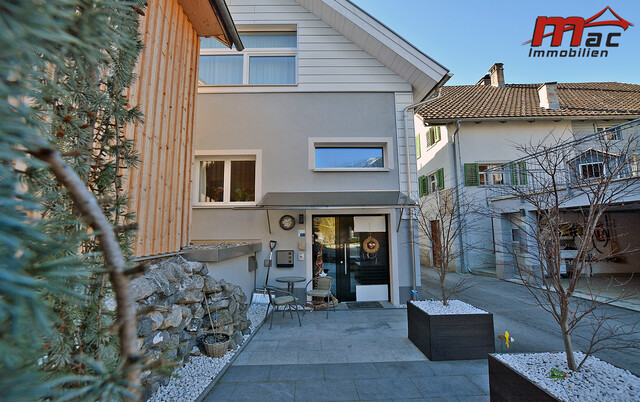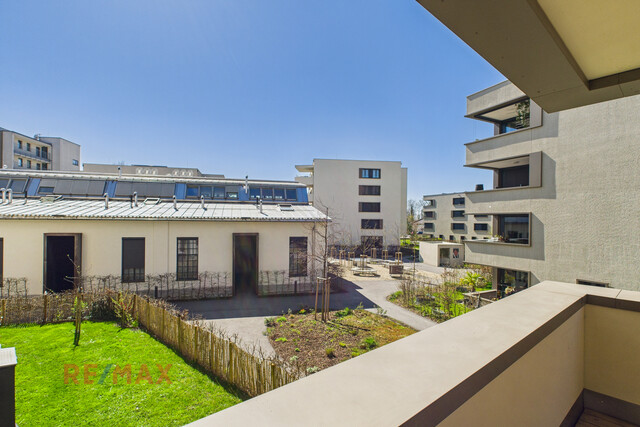Mammography Significantly Reduces Breast Cancer Mortality: Austria Lags Behind

Among the participants, this led to a 20 to 30 percent lower breast cancer mortality rate, according to an analysis of data for the years 2009 to 2018. So far, there are no comparable published data from Austria.
The aim of the evaluation commissioned by the German Federal Office for Radiation Protection was to estimate the impact of participation in the mammography screening program on breast cancer mortality. In Germany, women aged 50 to 75 are currently offered an X-ray mammography every two years for the early detection of breast cancer as part of the organized and quality-assured project. Until mid-last year, the eligibility for participation was up to the age of 69 and was finally extended in 2024.
For women in Germany, the examinations were associated with a result that reflects long-standing international experience. "For the years 2009 to 2018, a 20 to 30 percent lower breast cancer mortality rate was demonstrated among the participants (then still 50 to 69 years old, note) compared to non-participants," the authors noted. The effect is conservatively calculated, and the effectiveness is rather underestimated than overestimated. In any case, the benefits of the mammography screening program far outweigh the risks, for example, due to the use of X-rays during the examination.
Mammography: Planned Participation Rate Far Missed
However, the situation in Germany could still be better: in 2022, only 51 percent of the approximately 14 million women eligible to participate in breast cancer screening actually participated. The targeted 70 percent was thus still missed.
No such studies have been known for Austria so far. In 2014, the long-demanded quality-assured breast cancer early detection program, including invitations to women, was introduced. However, a study recently published by Salzburg and Graz scientists brought little encouraging news. "Our results do not support the assumption that the introduction of the Austrian breast cancer screening program has significantly reduced the occurrence of advanced-stage breast cancer in the state of Salzburg compared to the previously established opportunistic screening (no program with regular invitations; note)," summarized Simon Gampenrieder from the University Clinic for Internal Medicine III in Salzburg and his co-authors, including leading Salzburg oncologist Richard Greil and Styrian social medicine expert Martin Sprenger (MedUni Graz), in the Wiener Klinische Wochenschrift (https://doi.org/10.1007/s00508-025-02508-8).
According to the Ministry of Social Affairs, around 5,600 women in Austria are diagnosed with breast cancer annually. About 1,600 affected individuals succumb to the disease each year despite all advances in therapy. As part of the scientific investigation, the frequency distribution of breast cancer detected during mammography examinations was compared by size and stage. This was done for the period between 2010 and 2013 (before the introduction of the early detection program in Austria) and for the period 2016 to 2019, a period after the establishment of the project (https://www.frueh-erkennen.at).
Hardly Any Differences Due to the Start of the Screening Project
The analysis of data from Salzburg revealed little positive on a population level. "The distribution of stages 0 (precursor; note) to IV (metastasized disease; note) did not differ significantly between 2010 to 2013 and 2016 to 2019," the study authors noted. Even in the utilization of breast cancer early detection examinations, there were no differences between the time before the structured early detection program and afterwards, according to the results of the scientific study: "Of the invited women in the state of Salzburg, a constant 45 percent participated in the screening program between 2014 and 2021. Considering diagnostic mammographies, a mammography coverage rate for women aged 45 to 69 years of 51 percent is calculated, which hardly differs from the estimated rate of 55 percent during the unorganized, opportunistic breast cancer screening conducted before the start of the national screening program."
Until the end of 2022, women between 45 and 69 years were the focus of the Austrian early detection program, with the age limits extended from January 2023 to 45 to 74 years. "This age group has the highest risk of developing breast cancer, but only about 41 percent currently use mammography for early detection. For the performance of an early detection mammography, the e-card is automatically activated for all women in this age group," it said on the Ministry of Health's website.
(APA/Red)
This article has been automatically translated, read the original article here.
Du hast einen Hinweis für uns? Oder einen Insider-Tipp, was bei dir in der Gegend gerade passiert? Dann melde dich bei uns, damit wir darüber berichten können.
Wir gehen allen Hinweisen nach, die wir erhalten. Und damit wir schon einen Vorgeschmack und einen guten Überblick bekommen, freuen wir uns über Fotos, Videos oder Texte. Einfach das Formular unten ausfüllen und schon landet dein Tipp bei uns in der Redaktion.
Alternativ kannst du uns direkt über WhatsApp kontaktieren: Zum WhatsApp Chat
Herzlichen Dank für deine Zusendung.








